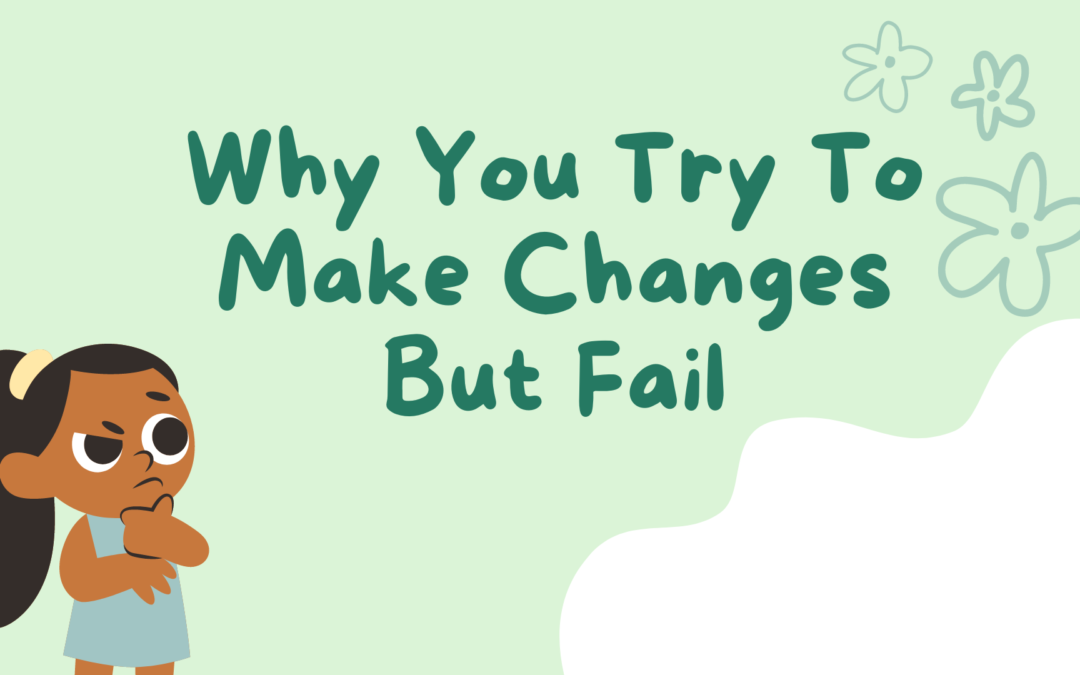Back when we were in school (woah that phrase feels weird to say), at the beginning of a new academic session we were usually allotted a different classroom than the one we had the previous year.
Pretty sure that’s commonplace in almost every school.
The funny thing is that during the first week, coming back from the ground after recess or a PT period my friends and I would sometimes end up in front of our old classroom.
Only after seeing the kids in the classroom who weren’t our classmates would we realise that the room wasn’t ours anymore.
If you’ve been out of school for some time now, let me give you another scenario.
You have have meeting with a friend at this new restaurant that’s beside your workplace.
You’re drive there and when you park your car, you realise you’re in the office parking lot. And not the restaurant.
You know what’s the reason behind both these instances?
Your brain is like a jungle and for everything you do, it makes a passage between different areas.
The tasks you do every single day, over time, have made smooth, wide, well trodden trails that are easy to access.
But some of these paths don’t lead you to good places.
Which is why, to make a change, you need to create a new path – a lot of times from square one.
But here’s a catch. There always is.
The brain is a jungle, which means if you don’t clear away the path and use it often, the trees on the path grow back.
Under times of distress, the brain will choose its automatic path, the easiest one, that is the older one.
Thus you need to keep repeating the new behavior until it becomes easier to access than the older one.
This also explains why even though we try to make changes we fail.
The simple and the obvious solution, then, is to perform the behavior you’re trying to develop as often as you can.
The reason why my friends and I would end up in front of the old classroom or why you could end up in your office building when driving to the restaurant is because those actions have been cemented in our brains after hundreds, if not thousands of repetitions.
Knowing this is especially useful when you’re stressed.
If your first response to anxiety (like mine) is to become a nervous wreck and jump to conclusions, you might have thought of ways to stay calm.
Be it journaling, taking deep breaths or talking to someone logical.
But when it’s not a drill anymore and you’re actually anxious, you tend to your older panicky ways.
In those moments all you need to do is to recognise the fact that you’re using the older path.
Then, redirect your attention towards the newer path you have recently started clearing away.
It also applies when you’re trying to make a change in any other part of life.
Trying to reduce screen time?
Every single time you feel yourself reaching for your mobile, drink a glass of water instead.
It’s important to give your brain an alternate path to the previous one.
After this habit is repeated enough times, when you’re bored you’ll reach for a glass for water instead of your phone.
Being hydrated and getting to keep your mental peace. It’s a win-win.
Recap for memory:
- To do any task, your brain creates paths between different areas.
- The path that is the easiest to access and the most used (also often the oldest) is the one that the brain chooses first.
- Every time you see yourself resorting to old behavior, all it needs is your conscious effort to shift towards the better behavior.
P. S. This post was inspired by this video.


Panicking and jumping to conclusions maybe easy but it just doesn’t help us anyways. So, why is it our inherent habit??